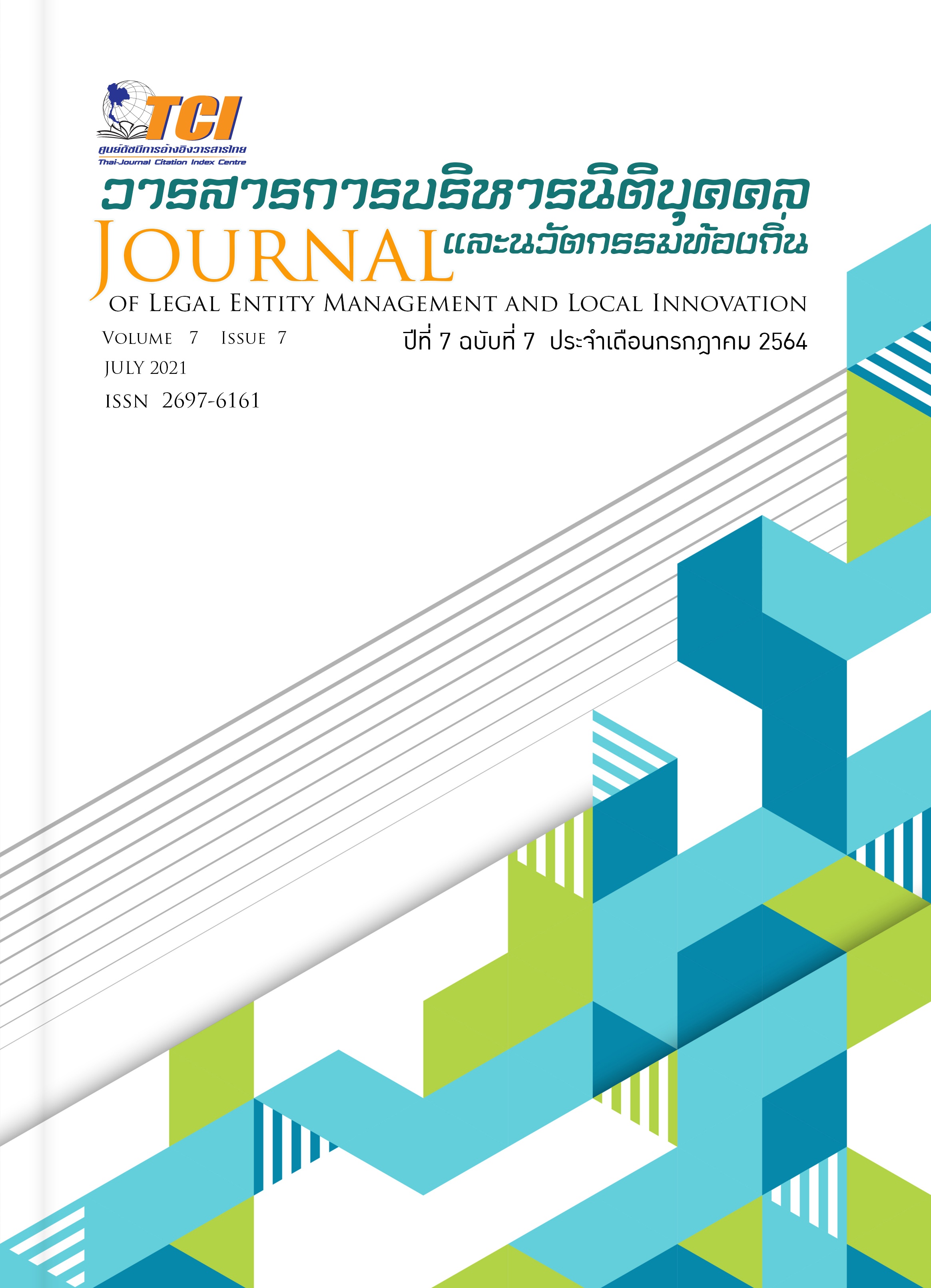Human Resource Development in Accordance With Buddhist Integration of Sala Lamduan Subdistrict Municipality Mueang Sa Kaeo District, Sa Kaeo Province
Keywords:
Human Resource Development, Bhavana 4, Sala Lamduan Subdistrict MunicipalityAbstract
Objectives of this research were: 1. To study human resource development in accordance with Buddhist integration of Salalamduan Sub-district Municipality Mueangsakaeo District, Sakaeo Province, 2. To study the relationship between Bhavana 4, training and the principles of human resource development in accordance with Buddhist integration of Salalamduan Sub-district Municipality, Mueangsakaeo District, Sakaeo Province and 3. To study the problems, obstacles and suggestions for human resource development in accordance with Buddhist integration of Salalamduan Sub-district Municipality, Mueangsakaeo District, Sakaeo Province Methodology was the mixed methods: the qualitative method, data were collected from 8 key informants with in-depth-interviewing and data were analyzed by descriptive content analysis by classifying the key informants with frequency and data were used to support the quantitative method that collected data from 54 samples by Taro Yamane’s formula from the populations of 63 people who were the personnel of Sala Lamduan Sub-District Municipality. Mueang Sa Kaeo District Sa Kaeo Province and analyzed data with frequency, percentage, mean, standard deviation and analyzed the relationship between Bhavana 4 and the 3 aspects of human resource development in accordance with Buddhist integration of Salalamduan Sub-district Municipality, Mueangsakaeo District, Sakaeo Province and analyzed the relationship between the variables to find out their relationship using Pearson's correlation coefficient method Findings were were as follows: 1. level human resource development in accordance with Buddhist integration of Salalamduan Subdistrict Municipality Mueangsakaeo District, Sakaeo Province by overall was at high level. ( = 4.24 S.D. = 0.500) The principle of Bhavana 4, by overall, was at high level. ( = 4.24 S.D. = 0.450) Human resource development in 3 aspects, by overall was also at high level. ( = 4.14 S.D. = 0.524) 2. Results of the relationship between the Bhavana 4 and the principles of human resource development in accordance with Buddhist integration of Salalamduan Sub-district Municipality, Mueangsakaeo District, Sakaeo Province were as follows: the principle of Bhavana 4 and the human resource development in accordance with the Buddhist integration of Salalamduan Sub-district Municipality, Mueangsakaeo District, Sakaeo Province by overall had positive relationship at rather relatively high level. (R = .792 **) From the hypothesis testing, it was found that the relationship was at the positive level with the statistical significance at the level of 0.11. The human resource development in 3 aspects in accordance with Buddhist integration of Salalamduan Subdistrict Municipality, Mueangsakaeo District, Sakaeo Province by overall had positive relationship at a high correlation level (r = .798**). From the hypothesis testing, it was found that they had positive relationship with the statistical significance at the level of 0.11. 3.Problems, obstacles and suggestions for human resource development in accordance with the Buddhist integration of Salalamduan Sub-district Municipality Mueangsakaeo District, Sakaeo Province were that some personnel still lacked knowledge and understanding on how to use tools to perform their duties. Working in their own lines was sometimes limited by a small number of personnel. One person had to work in a field that was not related to the position resulting in a flawed job. Placement management did not support the duties performance as it should be. Personnel had to wait for orders from the supervisor according to the hierarchy. Personnel lacked consciences and did not realize the duty assigned, did not exert physical and mental devotion to dedicate themselves to working responsibility. Personnel lacked morality and ethics in performing duties that were beneficial to the public. Guidelines for solving the problems: There should be training and providing knowledge and competence in each related department, filling in the vacant positions in order to perform duties more efficiently, allowing personnel to work with their talents, supervisors should provide opportunities for personnel to have the roles. There should be conscience activation to activate the awareness for personnel to realize their duties and dedicate to society and people. Personnel should be trained to have morality and ethics in performing duties with dedication.


